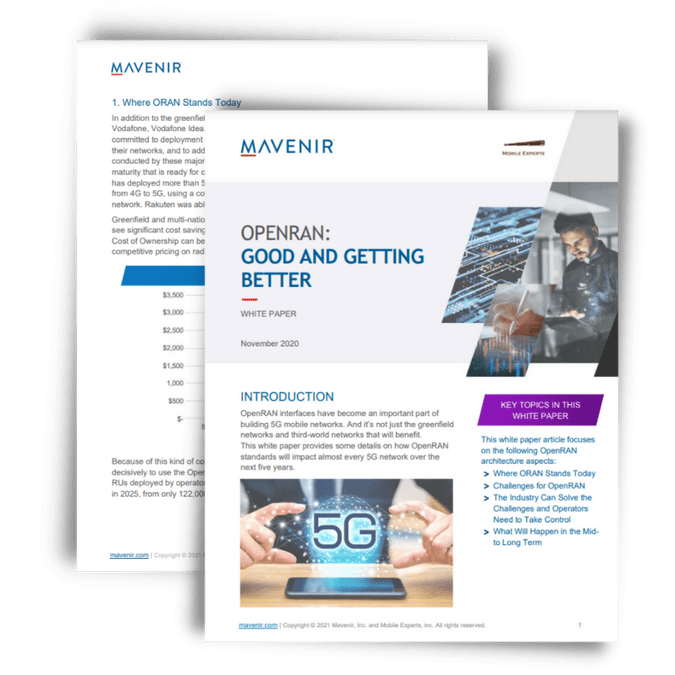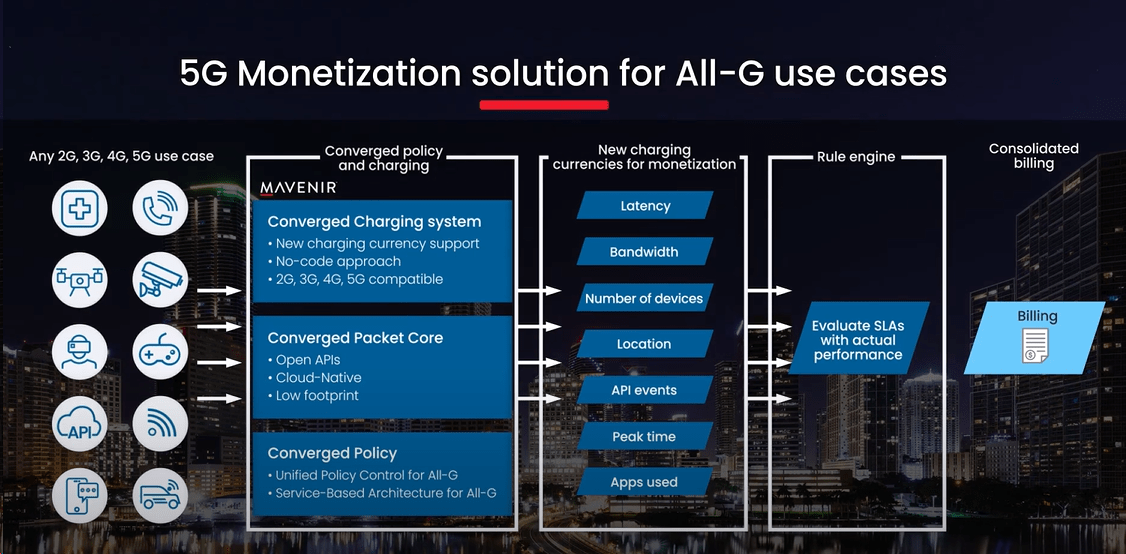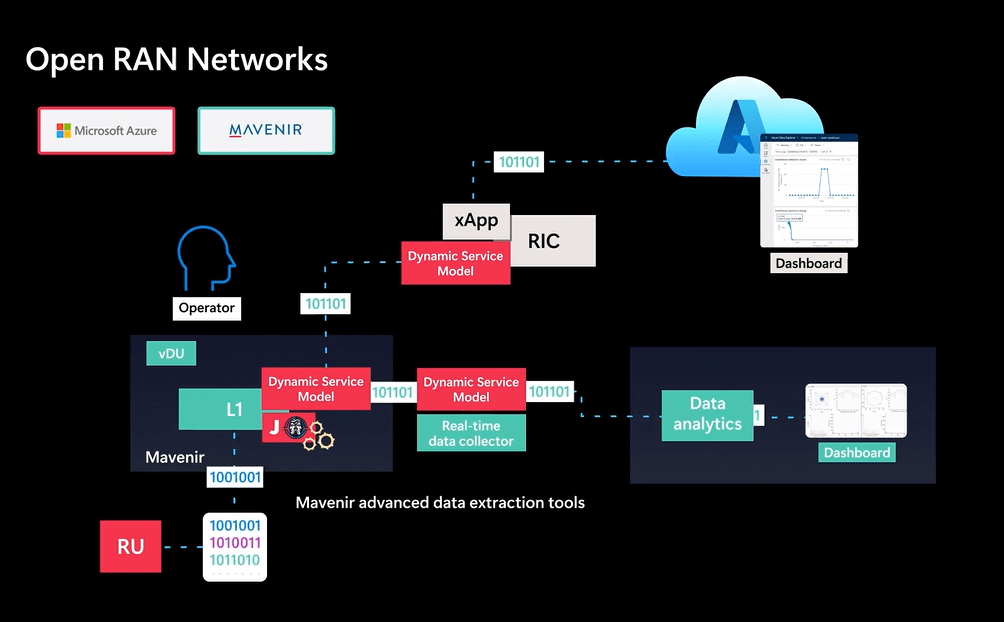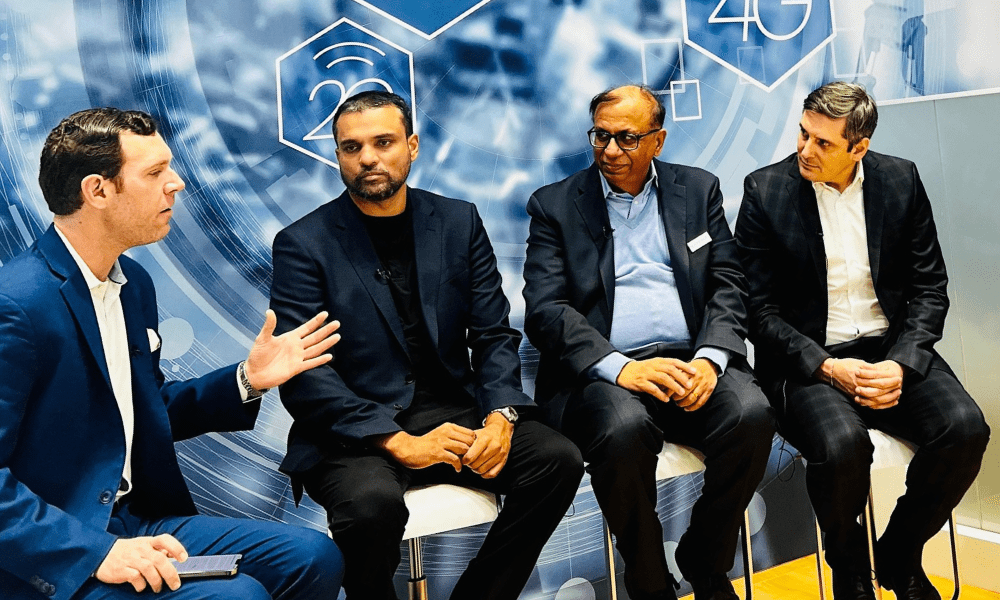
Open RAN: Good and Getting Better
Open RAN interfaces have become an important part of building 5G mobile networks. And it’s not just the greenfield networks and third-world networks that will benefit. This white paper provides some details on how Open RAN standards will impact almost every 5G network over the next five years. In addition to the greenfield networks that have embraced Open RAN (Rakuten/Dish) Vodafone, Vodafone Idea, Reliance Jio, Telefonica, MTN, and other operators have also committed to deployment using Open RAN standards to realize cost savings, and future proof their networks, and to add flexibility for vendor mixing (widening the supply chain).
Trials conducted by these major players so far indicate that the technology has reached a level of maturity that is ready for commercial networks. The best example is Rakuten in Japan, who has deployed more than 5,000 ‘radio stations’ so far and has already upgraded its network from 4G to 5G, using a collection of at least 18 vendors providing individual components of the network. Rakuten was able to sign up more than a million subscribers in its first three months.
Operators are keen to use Open RAN standards because they see significant cost savings. In a greenfield deployment scenario, we calculate that the Total Cost of Ownership can be roughly 26% lower for an Open RAN network, based on more competitive pricing on radio equipment, maintenance contracts, and software. There has been a lot of discussions that Open RAN networks are not suitable for Brownfield networks.
Open RAN interfaces have become an important part of building 5G mobile networks. This white paper from Mobile Experts provides details on how Open RAN standards will impact almost every 5G network over the next five years. Learn more about key parameters that need to be addressed to ensure full integration of Open RAN solutions into brownfield deployments.


